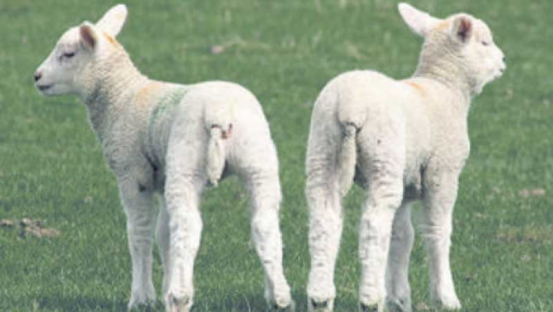×
The Standard e-Paper
Fearless, Trusted News

D’amour Ntirenganya is an ardent Smart Harvest reader from Rwanda. I met him during a recent visit to Netherlands for an agricultural forum and we interacted briefly.
As we got acquainted, D’amour told me he keeps sheep. To keep the animals healthy, he has been cutting tails at an early stage.